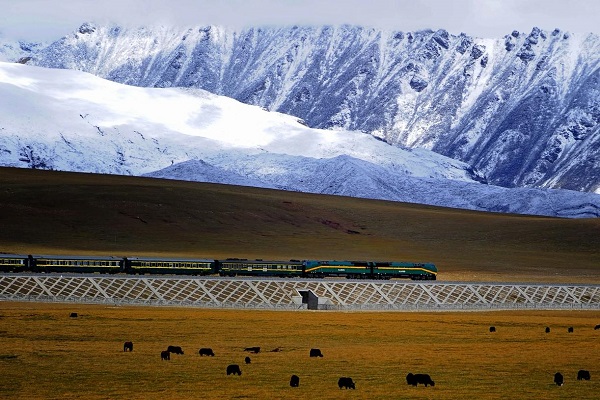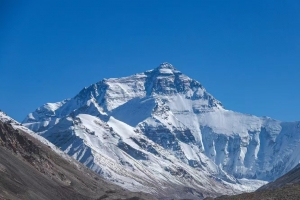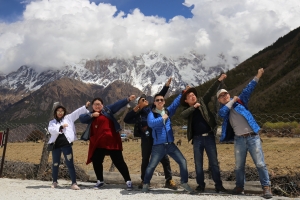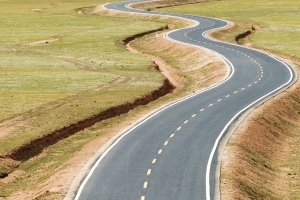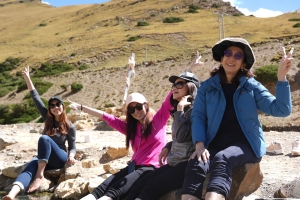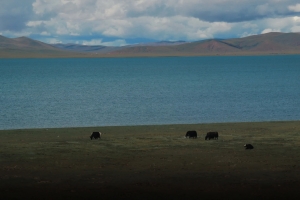Understanding Altitude Sickness
Altitude sickness, also known as acute mountain sickness (AMS), is a condition that affects travelers ascending to high elevations too quickly. It occurs due to lower oxygen levels at higher altitudes, which can lead to symptoms like headaches, nausea, dizziness, and fatigue. In severe cases, it can escalate into life-threatening conditions such as high-altitude pulmonary edema (HAPE) or high-altitude cerebral edema (HACE).
Factors Influencing Altitude Sickness
- Rate of Ascent – The faster you ascend, the higher the risk of altitude sickness. Gradual ascent is key to acclimatization.
- Starting Altitude – Individuals coming from sea level are more prone to symptoms than those already living at moderate altitudes.
- Individual Susceptibility – Some people are naturally more sensitive to high altitudes, regardless of physical fitness.
- Hydration and Diet – Dehydration, alcohol, and heavy meals can worsen symptoms.
- Physical Condition – While fitness helps with endurance, it does not necessarily prevent altitude sickness.

How to Acclimate to High Altitudes
1. Gradual Ascent
The best way to prevent altitude sickness is by ascending gradually. If possible, travelers should follow these guidelines:
- If going above 2,500m (8,200ft), increase sleeping elevation by no more than 300–500m (1,000–1,600ft) per day.
- Spend an extra night every 1,000m (3,300ft) for acclimatization.
- If traveling by plane or rapid transport, rest for at least 24–48 hours at the new altitude before engaging in strenuous activities.
2. Travel to Tibet by Train
One of the best ways to acclimate when traveling to Tibet is by taking the Qinghai-Tibet Railway instead of flying directly. This train journey, which takes about 22–40 hours from cities like Xining, Chengdu, or Beijing, allows gradual exposure to increasing altitudes. The train is equipped with built-in oxygen supply systems to ease symptoms and features pressurized cabins similar to airplanes. By ascending slowly over land rather than flying directly to Lhasa (3,650m/11,975ft), travelers can significantly reduce the risk of severe AMS.
The train ride also offers breathtaking views of the Tibetan Plateau, including snow-capped mountains, vast grasslands, and crystal-clear lakes. As the world’s highest railway, it reaches a peak altitude of 5,072m (16,640ft) at Tanggula Pass, where the oxygen supply becomes particularly beneficial. Additionally, the train journey provides an opportunity to adjust to higher altitudes while experiencing the gradual change in landscape and climate.
3. Stay Hydrated and Eat a Balanced Diet
- Drink at least 3–4 liters of water per day.
- Avoid alcohol and caffeine, as they contribute to dehydration.
- Eat a high-carbohydrate diet to provide sustained energy.
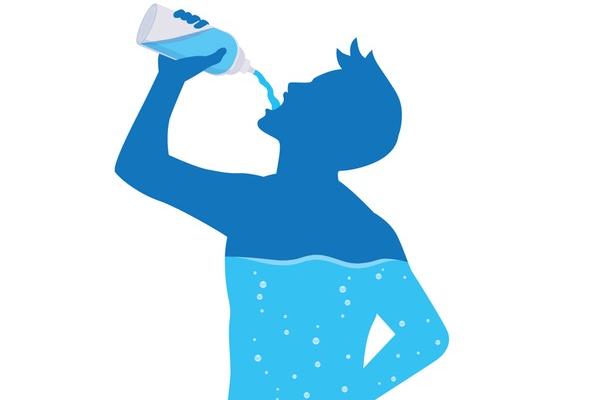
4. Use Supplemental Oxygen
Some high-altitude destinations provide oxygen-enriched rooms, portable oxygen tanks, or built-in oxygen systems (such as in trains to Tibet). Using supplemental oxygen can help mitigate symptoms but does not replace proper acclimatization.
5. Medication Options
- Acetazolamide (Diamox) – This medication helps speed up acclimatization by increasing respiration rate, aiding in oxygen absorption.
- Dexamethasone – A steroid used in more severe cases to reduce brain swelling.
- Ibuprofen or Paracetamol – Helps relieve mild symptoms like headaches.

6. Follow the “Climb High, Sleep Low” Rule
If engaging in mountaineering or trekking, ascend to a higher altitude during the day but return to a lower elevation to sleep. This gradual exposure allows the body to adjust more effectively.
Recognizing and Resolving Altitude Sickness
1. Identifying Symptoms
- Mild AMS: Headache, dizziness, nausea, fatigue, shortness of breath, loss of appetite.
- Moderate AMS: Worsening headache, persistent vomiting, difficulty walking.
- Severe AMS (HACE or HAPE): Confusion, loss of coordination, breathlessness even at rest, persistent cough with frothy sputum.

2. Immediate Actions for Mild AMS
- Rest and avoid further ascent until symptoms improve.
- Increase fluid intake and consume light meals.
- Take pain relievers if necessary.
- If symptoms persist, descend at least 500m (1,600ft) and rest.
3. Emergency Measures for Severe AMS
- Immediate descent is the only effective treatment for severe AMS.
- Provide supplemental oxygen or place the person in a portable hyperbaric chamber if available.
- Administer Dexamethasone or Nifedipine under medical supervision.
- Seek professional medical help immediately.
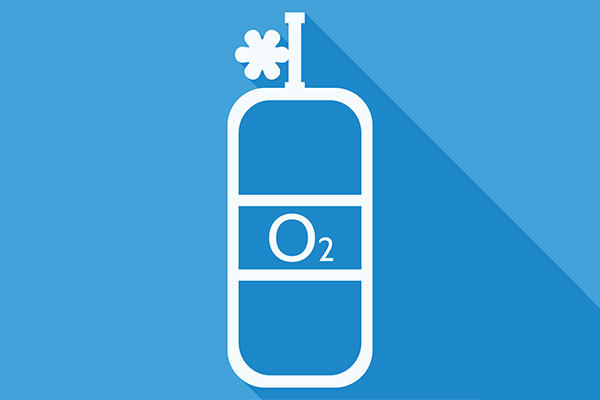
Popular Destinations and Acclimatization Tips
Lhasa and Everest Base Camp
- Arrive via the Qinghai-Tibet Railway instead of flying to adjust gradually.
- Spend at least two days in Lhasa (3,650m/11,975ft) before heading to higher areas.
- Avoid strenuous activities on the first day.
Acclimating to high altitudes requires patience, proper preparation, and listening to your body. By following gradual ascent principles, staying hydrated, and recognizing symptoms early, travelers can enjoy their high-altitude adventures safely. Whether trekking in the Himalayas, exploring the Tibetan Plateau, or visiting Everest Base Camp, acclimatization is the key to a successful and enjoyable experience.

